Samsung vs Apple smartphone battle is back on, with cameras the focus of their sales pitch
As Apple and Samsung go to war with their latest smartphones, this is how each of them compares on value, features and price.
Gadgets
Don't miss out on the headlines from Gadgets. Followed categories will be added to My News.
The battle for smartphone supremacy is on again. After months of falling sales and plummeting consumer confidence, research shows smartphone buyers are back and the big tech brands are ready to woo them with shiny new devices, bigger screens, longer-lasting batteries, and lower prices.
But it’s the camera that is shaping up as the true battleground for smartphones, with handset makers now offering features previously unseen outside DSLR snappers.
Samsung is the latest company to make a play for new investors, with plans to launch its Galaxy S21 smartphones next Friday (January 29), featuring up to five cameras and a host of a new ways to capture images.

But the South Korean firm will face fierce competition from Apple, which recently upgraded the camera software in its iPhone 12 Pro handsets, and from Chinese rivals including Huawei, Oppo and TCL, all of which are tipped to launch new phones within weeks.
The new gadgets will arrive just as consumers regain their buying confidence, according to Kantar Worldpanel.
The research firm showed smartphone sales jumped five per cent in the last three months of 2020 after plummeting by 37 per cent during the height of the coronavirus pandemic between May and June.
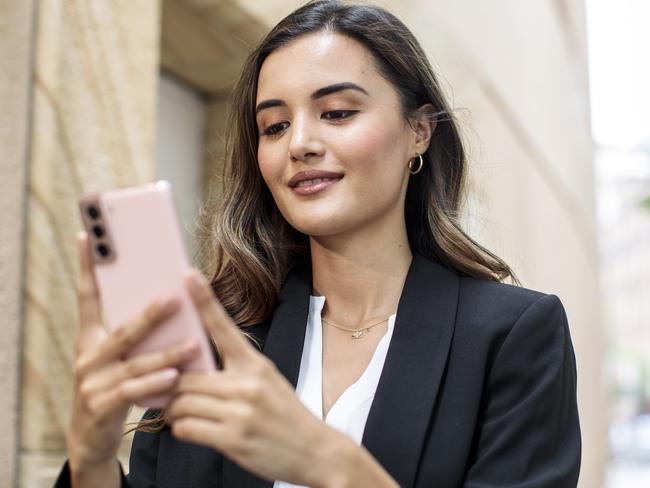
The number of people spending big dollars on their smartphone upgrade — $1600 or more — also climbed to its highest level in a year, the company found.
So it’s little wonder that the two leading smartphone brands, Samsung, and Apple, are locked in a fierce battle for buyers and focused on cameras as a way to win them over.
When Samsung launched its flagship Galaxy S21 smartphones late last week, Apple released a portfolio of “Shot on iPhone 12” images the very next day.
Telsyte managing director Foad Fadaghi said the timing was probably not accidental.
“When you’re looking at Apple versus Samsung, you’re seeing manufacturers trying to one-up each other,” Mr Fadaghi said.
“The premium handset makers are competing for a pool of serious, professional users.”
The camera had become an obvious focus for their rivalry, he said, as the popularity of sharing photos and videos on social media sites like TikTok, Instagram and Facebook skyrocketed.
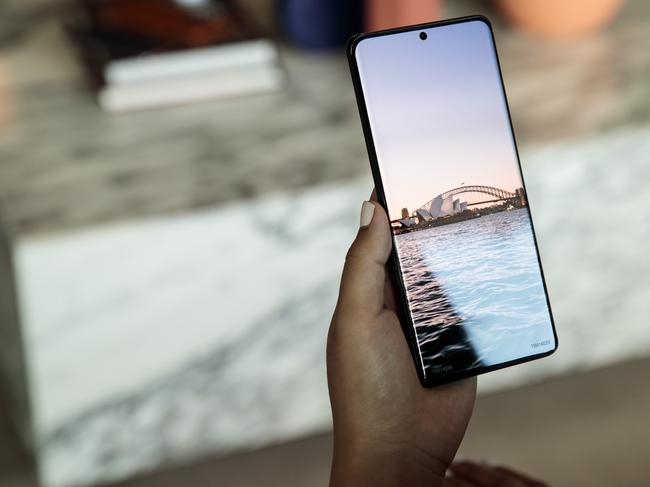
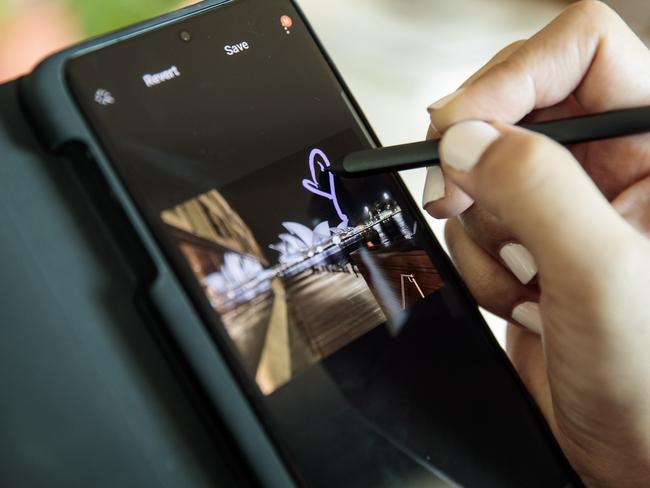
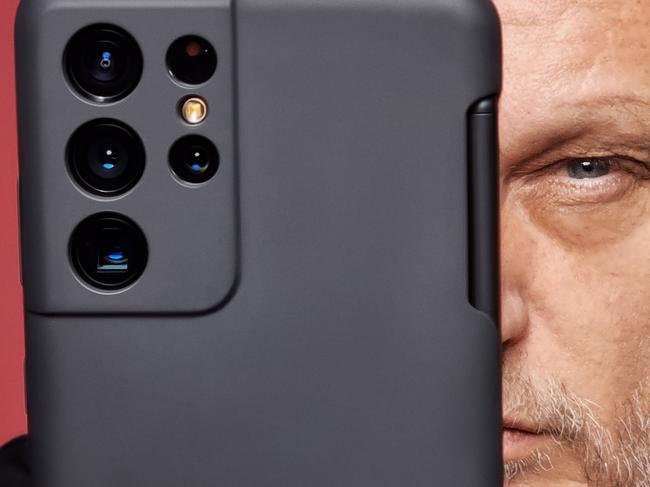
“That space has very quickly evolved in the last few years and, for that reason, people see cameras as an important reason to upgrade,” he said.
“It’s as much about the software and integration with the rest of the system as it is about lenses and hardware, though.”
Despite competing for the same potential buyers, Samsung, Apple and Google take different approaches to mobile photography.
The top camera in Samsung’s new range, the $1849 Galaxy S21 Ultra, will feature serious camera hardware, including a main camera with a 108-megapixel sensor and dual telephoto lenses to capture sharper images at a 100x magnification.
Apple uses a mix of hardware and software advances to win buyers to its iPhone 12 Pro Max that has a larger sensor and sensor-shift image stabilisation, and combines them with the new ProRAW image format.
Meanwhile, Google’s Pixel 5 has just two rear cameras but uses software to change lighting, remove distractions, and even capture the night’s stars.
More smartphones are expected to launch in the coming weeks, despite the postponement of Mobile World Congress in Barcelona, including the TCL 20 5G, Oppo Find X3 Pro, and a new model from Huawei spin-off Honor that promises to bring back Google apps.
IDC worldwide mobile device trackers program vice-president Ryan Reith said the fresh competition, combined with consumers’ growing reliance on their mobile phones, would bring the market back to life quicker than expected.
“We’ve come to the conclusion that despite ongoing lockdowns and economic concerns, consumers in many markets around the world have shifted their normal spending from things like travel, dining out, and general leisure to things like consumer electronics,” he said.
“Smartphones happen to be a benefactor of this transition.”
WHAT YOU NEED TO KNOW
Samsung Galaxy S21 Ultra
$1849-$2149, samsung.com/au (due Jan 29)
What’s new: Samsung’s top model delivers plenty of camera enhancements, a speedy chip, and a fresh design that turns the camera hump into a feature. It will also work with a stylus for the first time, has a bigger fingerprint sensor, and a generous, 5000mAh battery.
Biggest standout: This phone packs in four rear cameras, including one that will capture 108-megapixel images and two telephoto cameras that work together to create clearer long-distance images.
Biggest downsides: This phone has no expandable memory and no charging plug.
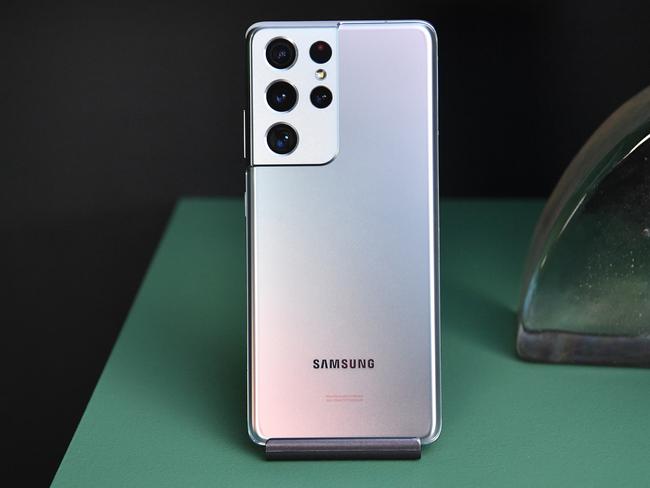
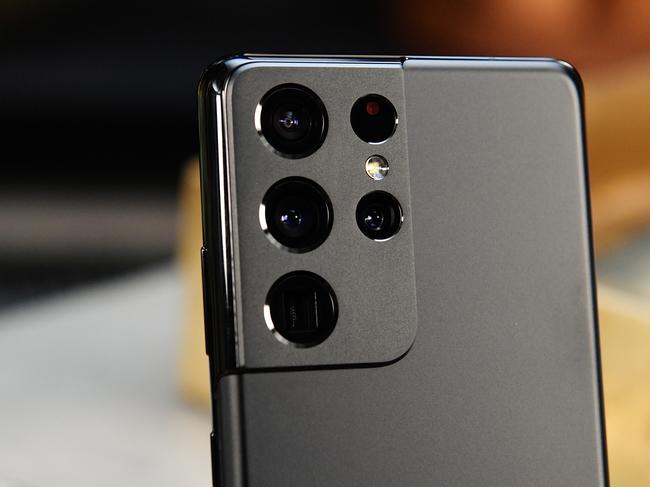
Apple iPhone 12 Pro Max
$1849-$2369, apple.com/au
What’s new: This is Apple’s biggest phone to date, with a 6.7-inch screen, and it also comes with tougher, Ceramic Shield glass, a stainless steel frame, 5G connection, MagSafe wireless charging, and a LIDAR scanner to deliver augmented reality apps.
Biggest standout: The cameras in Apple’s top iPhone steal the show, as it has a bigger sensor and bigger optical zoom range than its iPhone peers, and adds sensor-shift optical image stabilisation to prevent blur.
Biggest downsides: It costs more, comes without a charging plug, and may be too large for some Apple camera fans.
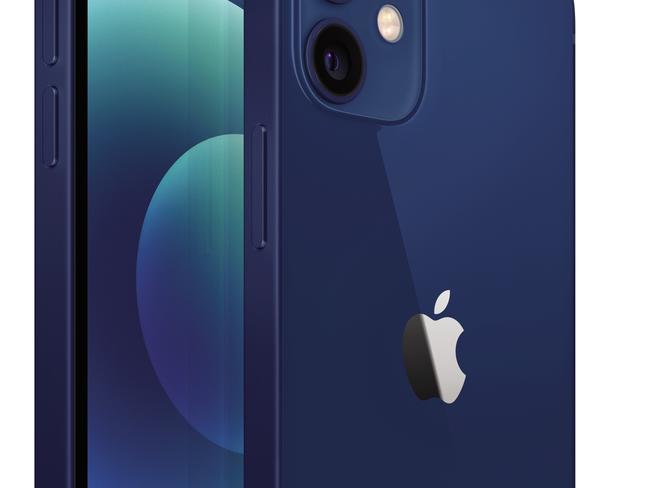
Google Pixel 5
$999, store.google.com.au
What’s new: Google’s top smartphone adds a 5G connection, boasts a six-inch screen, offers more storage at 128GB, a larger battery, and a water-resistant exterior. Its rear fingerprint scanner isn’t new but handy when wearing a mask.
Biggest standout: The internet giant listened to complaints about its cameras and ditched the telephoto lens for a wide-angle model. It still uses software to do the heavy lifting but that helps capture night shots and change the light in portraits.
Biggest downside: There’s no larger XL edition and it has fewer camera hardware options than its rivals.
Motorola RAZR 5G
$2299, motorola.com.au
What’s new: Motorola’s second attempt to bring the RAZR back as a folding phone is much more successful, with a more rugged body, 5G connection, and big upgrades to cameras inside and outside the device, with the main snapper capturing 48-megapixel shots.
Biggest standout: The design of this smartphone is its calling card, with a compact form reminiscent of original RAZR handsets, screens front and inside, a better hinge, and a fingerprint scanner out of the way at the back of the device.
Biggest downsides: A small battery (2800mAh), no expandable memory or wireless charging, and just the one rear camera.
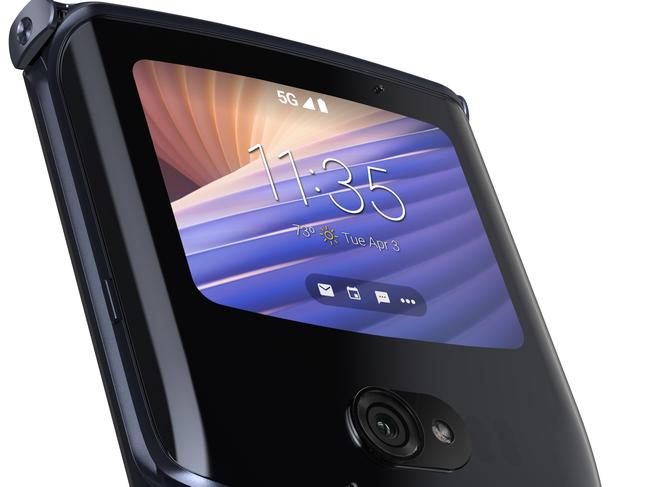
TCL 20 5G
$TBA, tcl.com (due Q1)
What’s new: Announced at CES and due before April, TCL’s latest smartphone will arrive with a 5G connection, large battery (4500mAh), and three rear cameras, with the main camera snapping 48-megapixel images.
Biggest standout: The 6.6-inch screen on this smartphone is designed to make the most of High-Dynamic Range video content from streaming providers, and can also upscale standard video to appear more detailed on its display.
Biggest downsides: Modest selfie camera and not as powerful as some of its rivals.
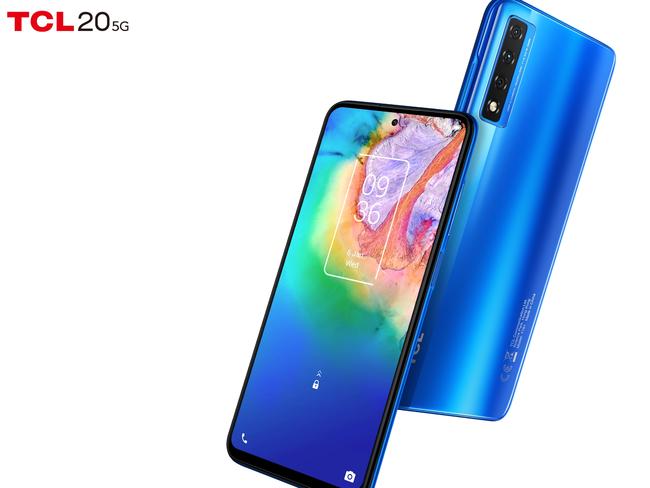
Originally published as Samsung vs Apple smartphone battle is back on, with cameras the focus of their sales pitch



